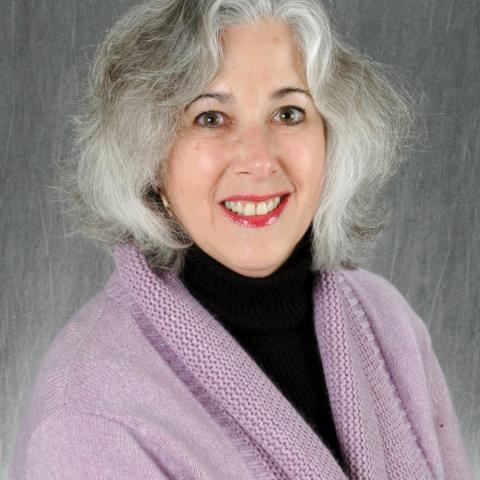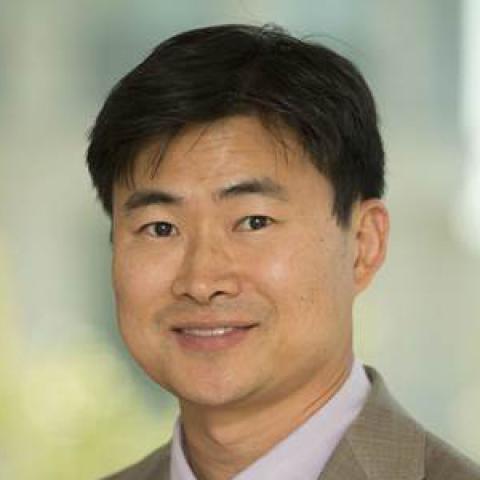Payment reform has become a dominant issue in Medicaid policy, reflecting a broader effort among all payers to reduce spending while improving outcomes. But Medicaid faces unique challenges, including a low-income population with disproportionately high health care needs, as well as surging enrollment in states that have implemented the Affordable Care Act’s Medicaid expansion. One of the goals of payment reform in Medicaid therefore is to use payment to stimulate health care innovation for medically underserved populations who depend on safety-net providers. To meet this challenge, several Medicaid expansion states are now beginning to adapt the special federal payment policies that apply to the nation’s nearly 1,400 community health centers.
Medicaid payment reform’s success depends on the active participation of these health centers. In 2015 half of the nation’s 24.3 million community health center patients were enrolled in Medicaid, making health centers a source of primary care for about one of five Medicaid beneficiaries that year.1 And just as health centers play an outsize role in Medicaid, Medicaid plays a major role in supporting health centers, representing 44 percent of all health center revenues in 2015.
At the same time, community health centers have important responsibilities to the uninsured. In 2015, 25 percent of health center patients were uninsured, a rate nearly three times the national average uninsured rate among the general population. Patient out-of-pocket payments, a significant part of private health care practice, are a negligible revenue source for health centers because their patients are so poor. Instead, health centers’ operating federal grants must cover uninsured populations and uninsured services like dental care as well as costs associated with cost-sharing responsibilities that their insured patients cannot afford.
Congress’s federally qualified health center (FQHC) payment rules, enacted in 1990, peg Medicaid revenues to the cost of covered care and services furnished to Medicaid beneficiaries, thereby ensuring that grant funding would be dedicated to costs associated with uninsured populations and services. Under these rules, payment is tied to clinical encounters, meaning that like other fee-for-service systems, payment is driven by the volume of medical encounters involving medical professionals authorized to bill for care—physicians, dentists, and certain allied health professionals such as nurse practitioners and physician assistants, depending on state law. However, costs associated with care team members such as nutritionists, health educators, preventive health counselors, outreach workers, and case managers often are recognized only indirectly as part of overhead costs. Furthermore, much of the care for patients living with serious health conditions, such as social services, is not billable. As a result, health centers and Medicaid agencies are effectively locked into paying for care based primarily on physician encounters.
But federal FQHC payment rules also permit states and health centers to negotiate alternative payment approaches, with the FQHC payment level serving as a payment floor. Increasingly, Medicaid agencies and health centers are adapting the FQHC payment rule in ways that enable payment reform and practice innovation to move forward.
Under this policy, states and health centers can negotiate fee-for-service alternatives that use value-based payment concepts, such as global payment, that are tied to shared savings, in which providers share in savings accrued though efficiencies, health-related services and supports, and incentives to integrate health and social services. As of 2015, active negotiations were under way in five Medicaid expansion states—California, Colorado, Minnesota, New York, and Oregon—to do just this. Washington State Medicaid is now pursuing alternative payment options as well.
With Commonwealth Fund support, the Geiger Gibson/RCHN Community Health Foundation Research Collaborative examined payment reform in these five states during 2015 in a report now available at the George Washington University Milken Institute School of Public Health website. We learned that these states are moving toward alternative payment models that can satisfy the FQHC rule while still improving efficiency and achieving greater integration of value-based payment principles such as global payment and the use of performance measures. Likewise, these alternatives may enable health centers to move toward a system that enables a more fundamental transformation in how health care for medically underserved populations is practiced.
Alternative FQHC payment models are evolving slowly, but these efforts are worth encouraging. In our view, the time is right for the Centers for Medicare and Medicaid Services to provide funding and technical support in Medicaid expansion states to help Medicaid and community health centers—partners in health care for the underserved—save money while improving care.
Note
1 Health Resources and Services Administration, George Washington analysis of data obtained from the 2015 Uniform Data System.





